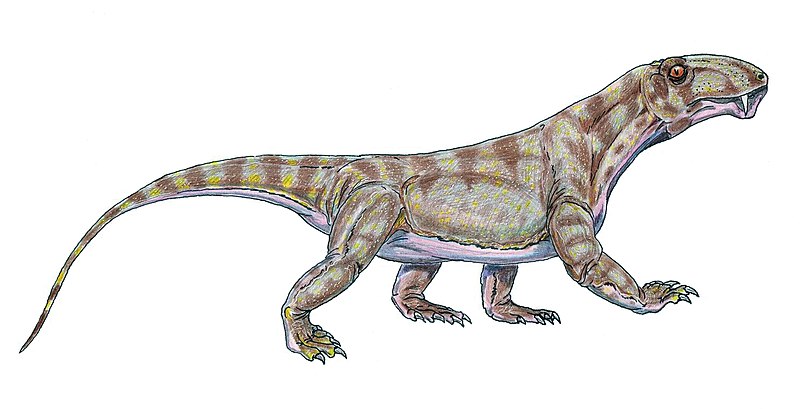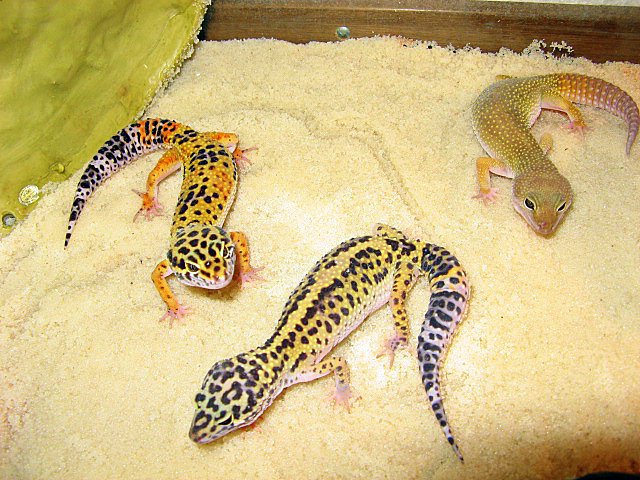 Turtle enthusiasts seem always to remain interested in even the commonest species. I’ve worked with world-renowned herpetologists who keep Sliders and private breeders who care for 2,000+ turtles (not a misprint!) yet find a place for Common Snappers. I’m the same way…as I write, I’m watched by a Stinkpot that I acquired in 1969. Yet there’s no denying the allure of 4 foot-long Giant Softshells, 200+ lb. Alligator Snappers, massive Painted River Terrapins and other rare giants like the turtle I’m holding in this photo (a Mata Mata rescued from a food market; the largest I’ve seen, perhaps a record). Today I’d like to share some experiences I’ve been lucky enough to have had with these and others. Don’t miss the chance to visit collections housing these amazing creatures; volunteer opportunities with field research programs are also sometimes available.
Turtle enthusiasts seem always to remain interested in even the commonest species. I’ve worked with world-renowned herpetologists who keep Sliders and private breeders who care for 2,000+ turtles (not a misprint!) yet find a place for Common Snappers. I’m the same way…as I write, I’m watched by a Stinkpot that I acquired in 1969. Yet there’s no denying the allure of 4 foot-long Giant Softshells, 200+ lb. Alligator Snappers, massive Painted River Terrapins and other rare giants like the turtle I’m holding in this photo (a Mata Mata rescued from a food market; the largest I’ve seen, perhaps a record). Today I’d like to share some experiences I’ve been lucky enough to have had with these and others. Don’t miss the chance to visit collections housing these amazing creatures; volunteer opportunities with field research programs are also sometimes available.
In 1985, while a reptile keeper at the Bronx Zoo, the opening of a 77,000 gallon Asian river exhibit (at Jungle World), allowed us to work with large turtles on a grand scale. Another unique opportunity came in 1997, with the seizure of nearly 10,000 turtles in Guangzhou, China. Many were sent to the USA, where I and others helped to place them in private and public collections. Read More »
 That Reptile Blog – Reptile, Amphibian and Exotic Pet Care and Information
That Reptile Blog – Reptile, Amphibian and Exotic Pet Care and Information


